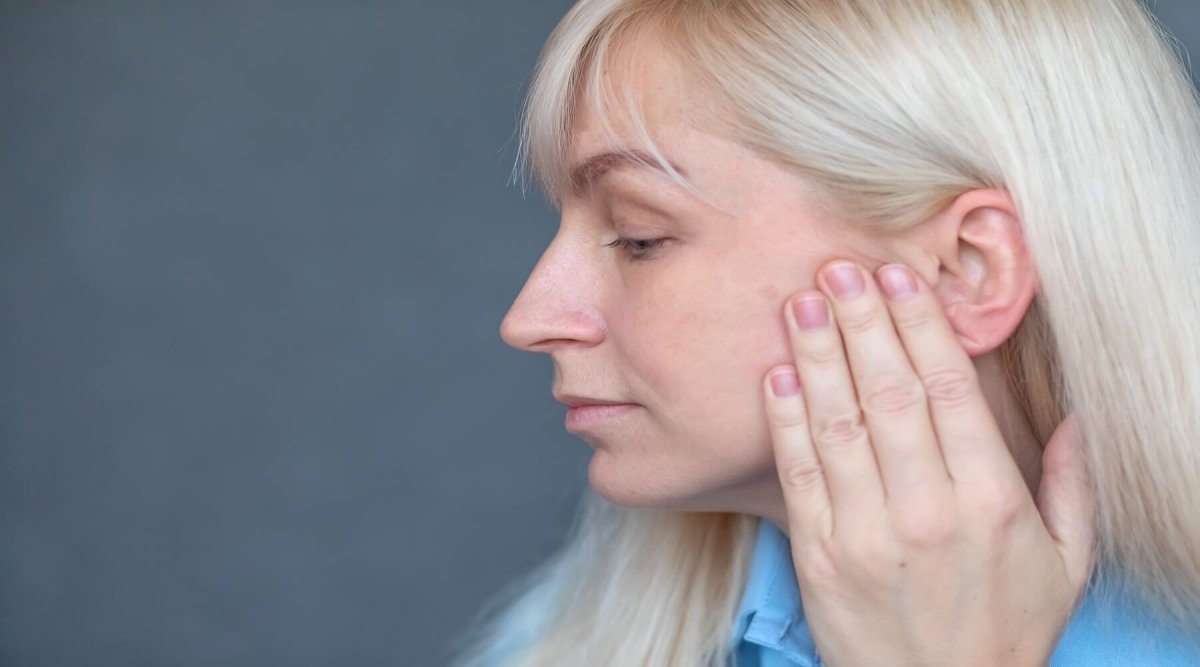
- Age spots, or solar lentigines, emerge due to melanin overproduction from prolonged UV exposure and natural aging, highlighting the importance of consistent sun protection.
- Quality sunscreens offer a crucial shield against harmful UV rays, with 'broad-spectrum' options guarding against both age-accelerating UVA and sunburn-causing UVB rays.
- Supplementing sunscreen use with protective clothing, seeking shade during peak sun hours, and regular skin checks amplify protection against UV damage and age spots.
Age spots, often considered the bookmarks of time, narrate the story of our sun exposure. These flat, darkened patches, widely known as liver spots or solar lentigines, predominantly appear on sun-kissed areas of the body. As we delve deeper into understanding age spots and the preventive role of sunscreens, it becomes evident that regular sun protection is more than just avoiding a sunburn—it's a crucial step in maintaining youthful, even-toned skin.
Unraveling the Mystery of Age Spots
To combat age spots, it's essential first to understand their origin. Although they're more common in adults over the age of 50, these tan or brown patches can emerge in sun-loving younger individuals too. The reason? An overproduction of melanin. This overstimulation of skin pigment primarily stems from prolonged ultraviolet (UV) light exposure combined with the skin's natural aging process. Consequently, areas frequently kissed by the sun—like the face, décolletage, back of hands, shoulders, and forearms—become the usual suspects for these spots.
Sunscreens: The First Line of Defense
Sunscreen isn't just a beach bag essential—it's a daily shield against the relentless ultraviolet rays. Here's why incorporating a quality sunscreen is non-negotiable:
- Superior UV Protection: Quality sunscreens either deflect or absorb harmful UV rays, drastically curtailing the overstimulation of melanin production.
- Broad-Spectrum is the Way: Look for sunscreens labeled 'broad-spectrum.' These gems are formulated to guard against both UVA (the primary accelerators of age spots and skin aging) and UVB (the culprits behind sunburn) rays.
- Consistency is Key: Surprisingly, up to 80% of the sun's UV rays can penetrate clouds. Hence, even on overcast days or during cooler months, your skin remains vulnerable. Making sunscreen application a daily habit, rain or shine, ensures unyielding protection.
Further Fortifying Against Age Spots
Sunscreens are formidable, but they become even more effective when combined with additional protective measures:
- Opt for Protective Garb: Think wide-brimmed hats, UV-protective sunglasses, and long-sleeved tops. These not only elevate style but also offer an extra layer of defense against UV radiation.
- Embrace the Shade: Between the sun-intense hours of 10 a.m. and 4 p.m., lounging under an umbrella or staying in the shade can significantly decrease UV exposure.
- Routine Skin Checks: A monthly self-examination of your skin is prudent. Not only can you track the evolution of existing age spots, but it's also crucial for early detection of more serious skin concerns.
Final Thoughts
Age spots, while benign, are a visual testament to our skin's history with the sun. Their emergence underscores the skin's vulnerability to UV damage. By making sunscreen a non-negotiable aspect of your daily regimen and adopting sun-smart habits, you're investing in a future with radiant, even-toned, and youthful skin. As with all skincare, the mantra is clear: prevention is always better than cure.

